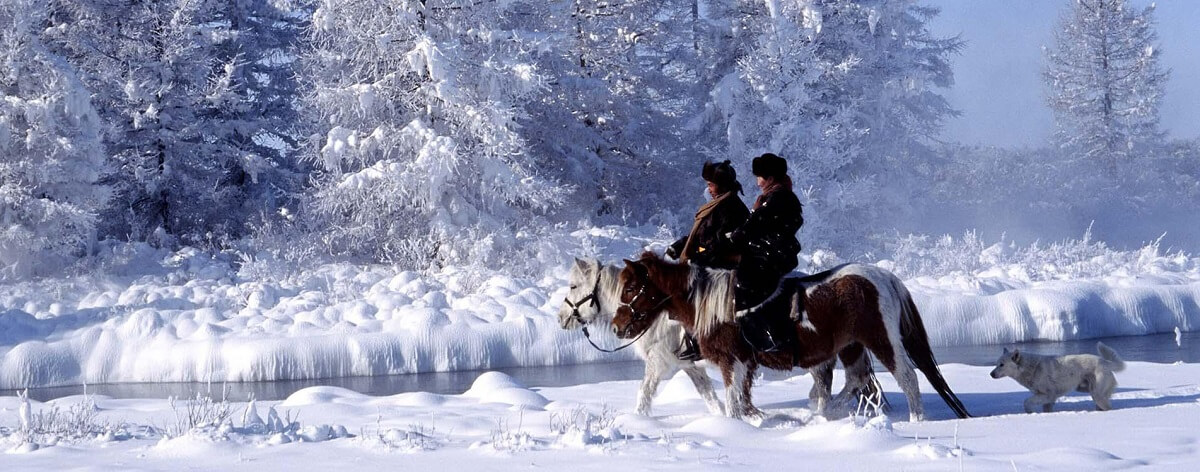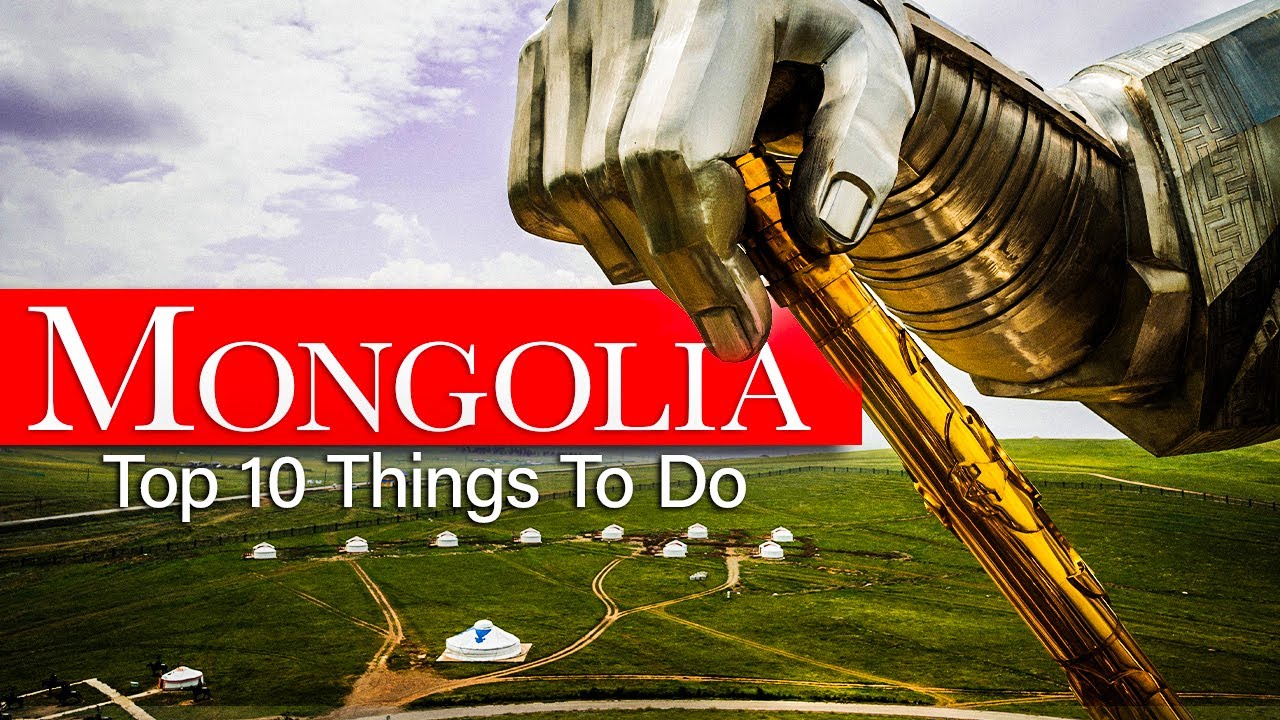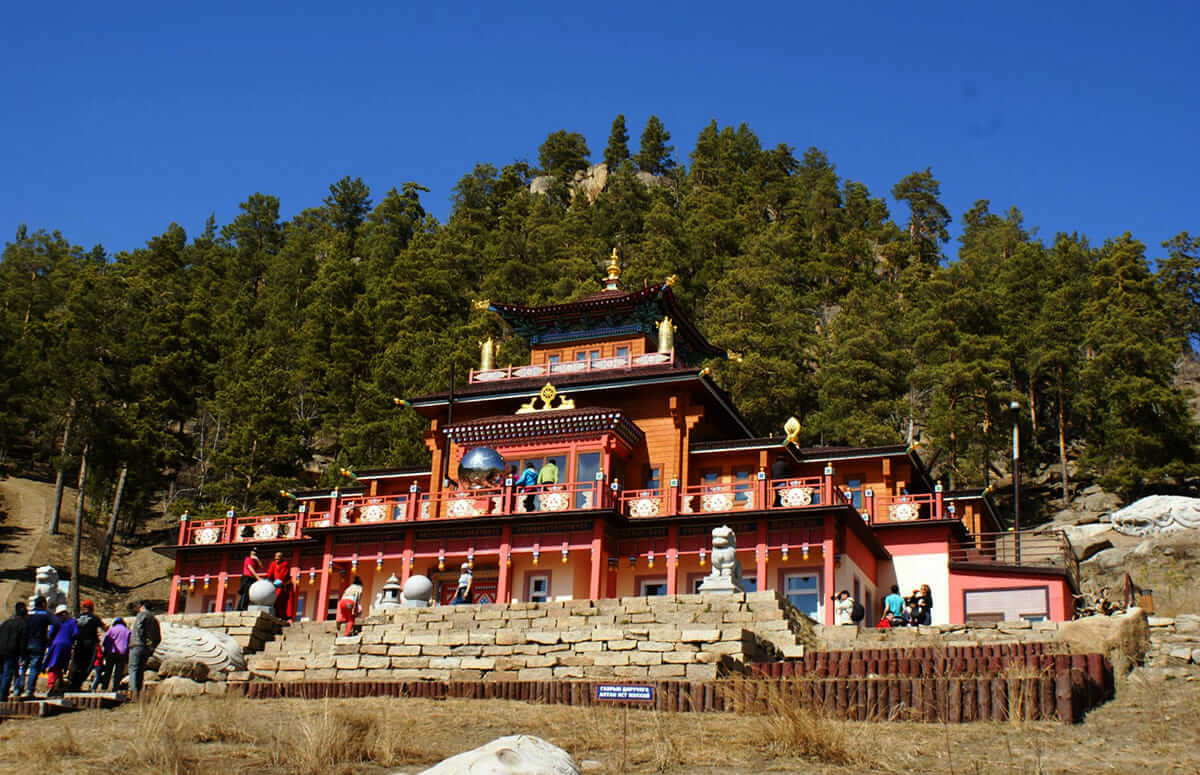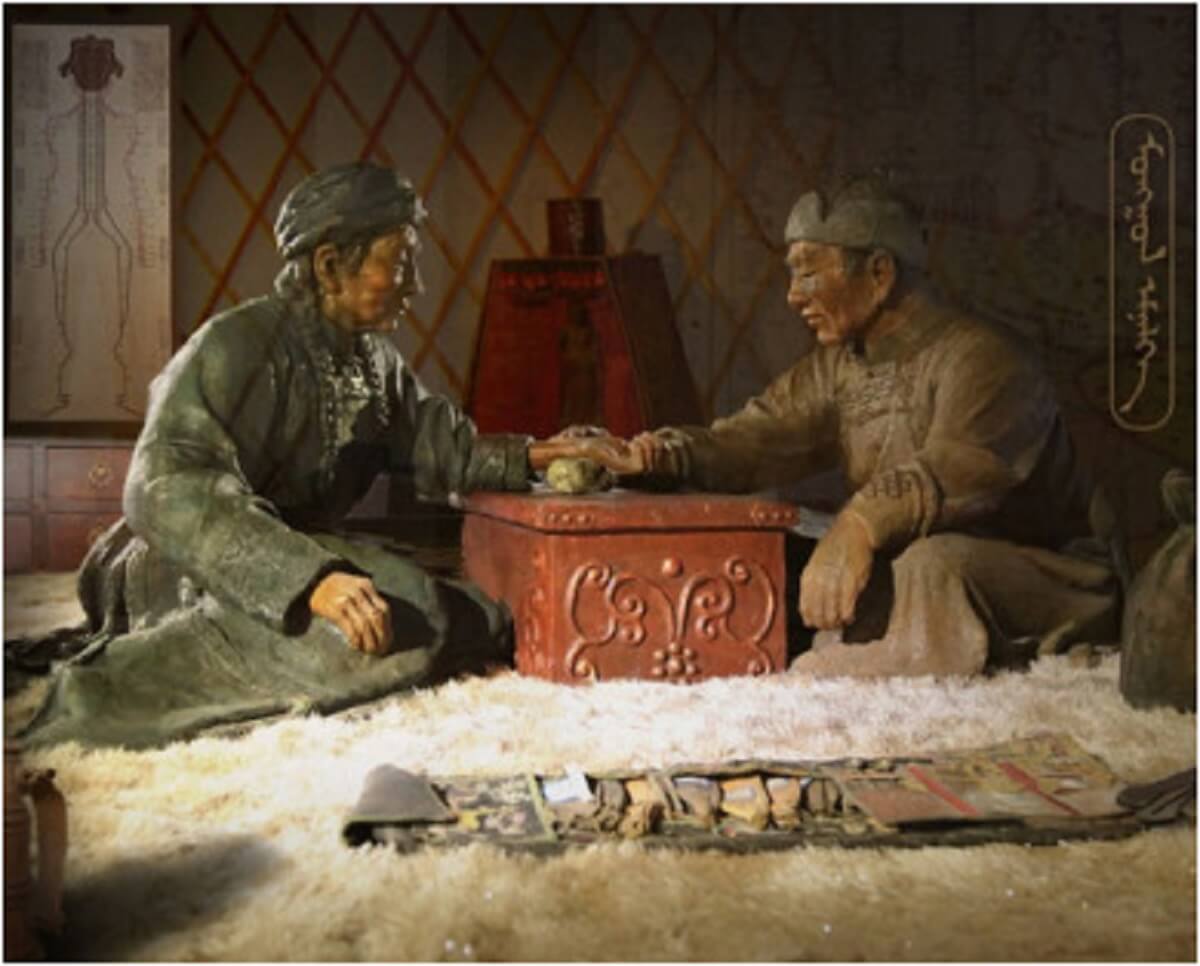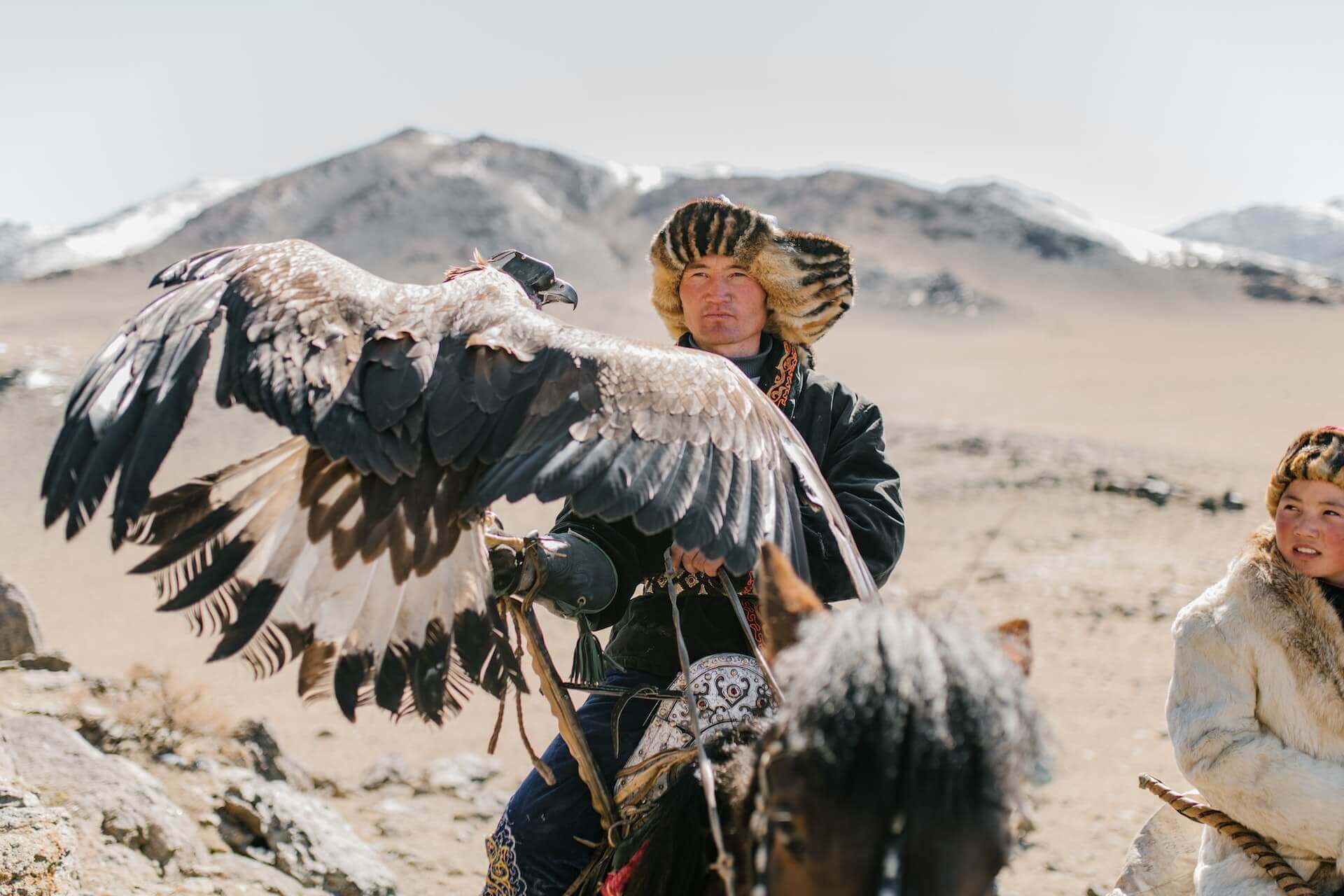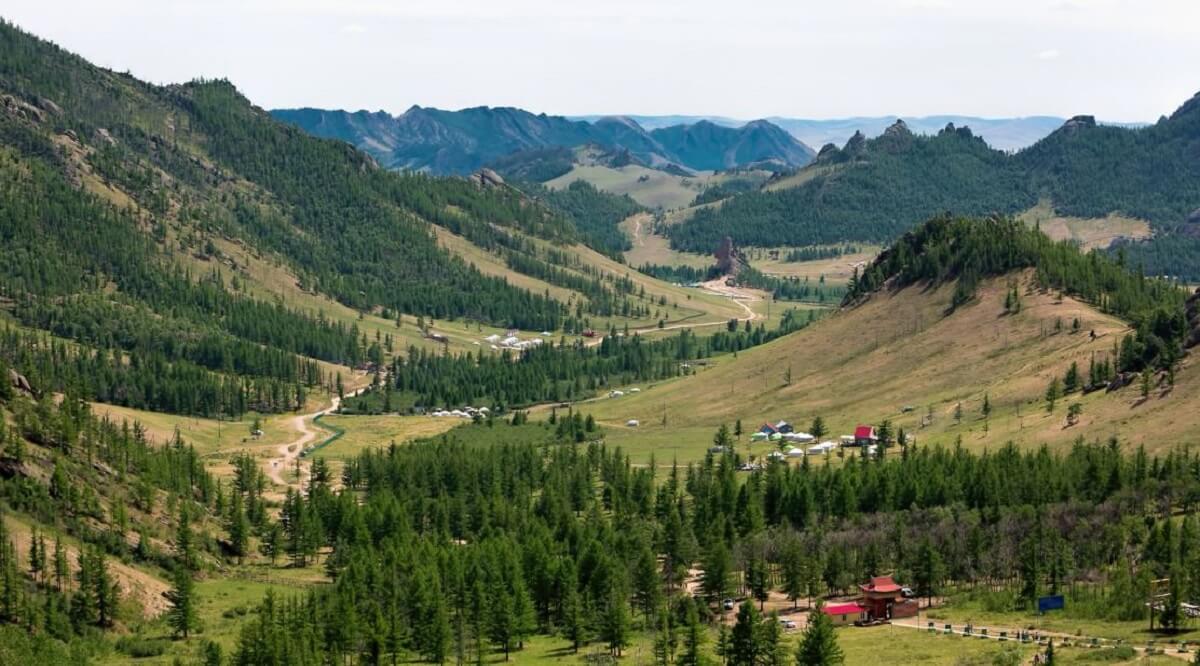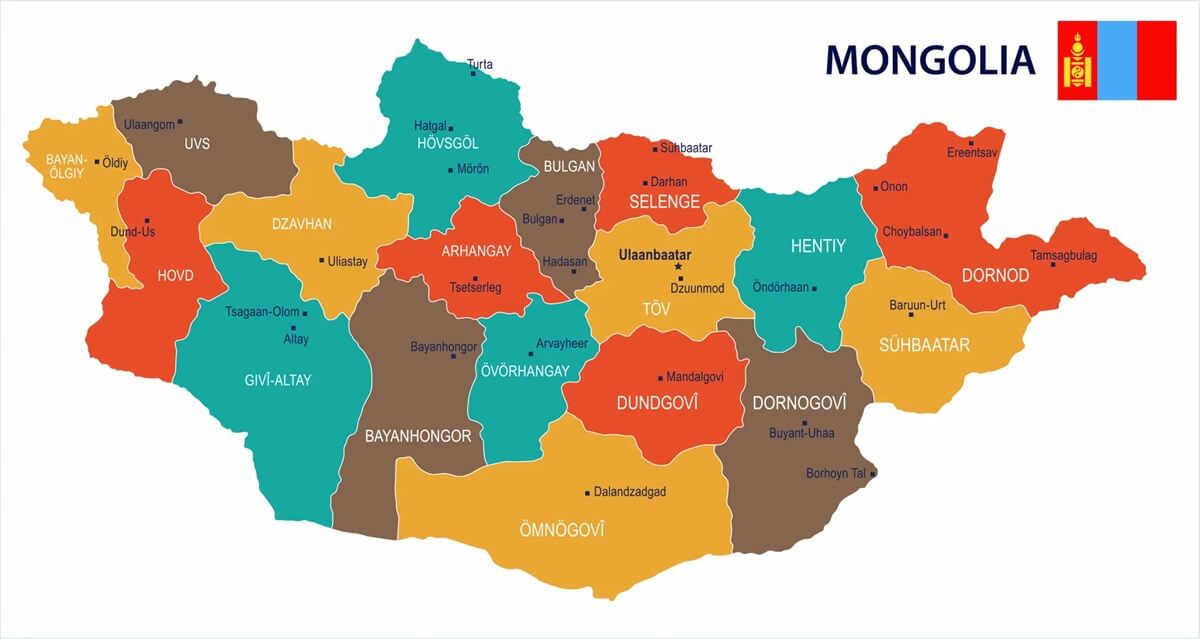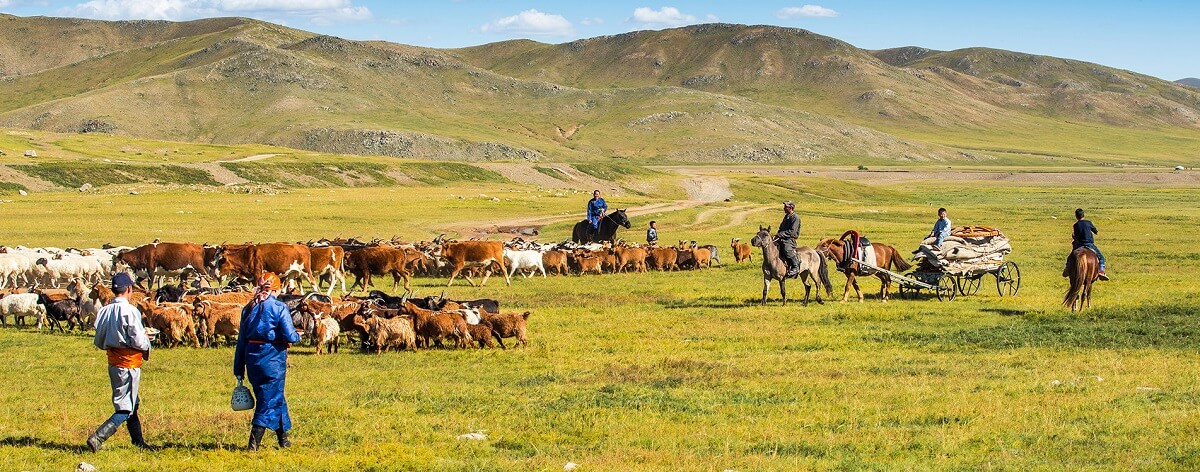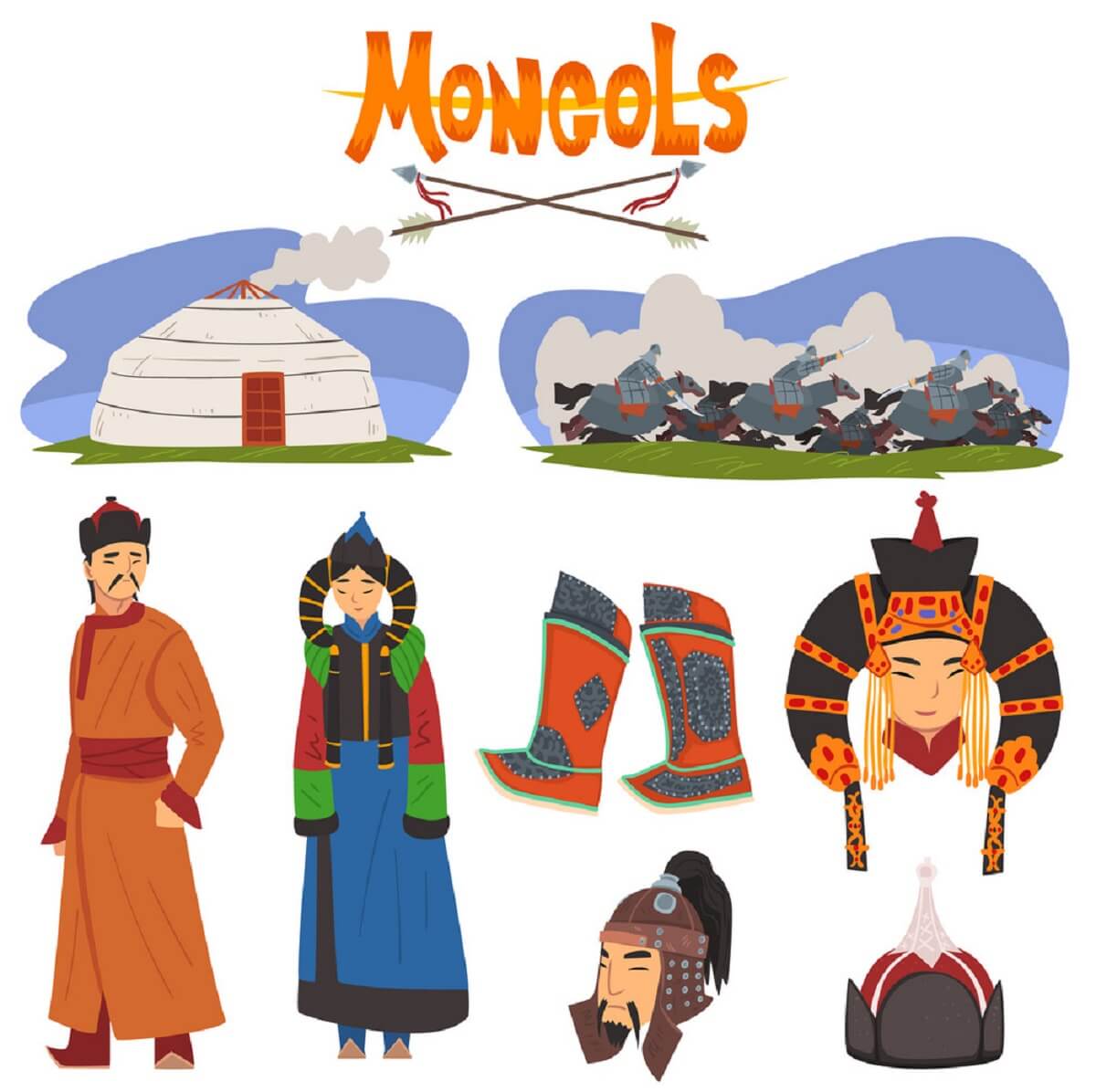Mongolian flag meaning – Imagine standing in the middle of the wide-open fields and hills of Central Asia. There, Mongolia waves its flag with pride.
It’s not just a bunch of colors stitched together; it’s like a storybook, sharing the history, nomadic ways, and the heart of the Mongolian folks.
Let’s peel back the layers and explore why those colors and shapes matter, like friends telling tales around a campfire. Get ready for a journey into the soul of the Mongolian flag!
A Palette of Blue, Red, and Gold
Blue Skies and Vast Horizons: The top part of the Mongolian flag is a brilliant shade of blue, reminiscent of the boundless skies that stretch over the Mongolian landscape.
This celestial hue represents the eternal blue sky, a poetic symbol cherished in Mongolian culture.
Known as the “The Land of the Eternal Blue Sky,” Mongolia experiences over 250 sunny days a year, making the blue sky a constant companion in the lives of its people.
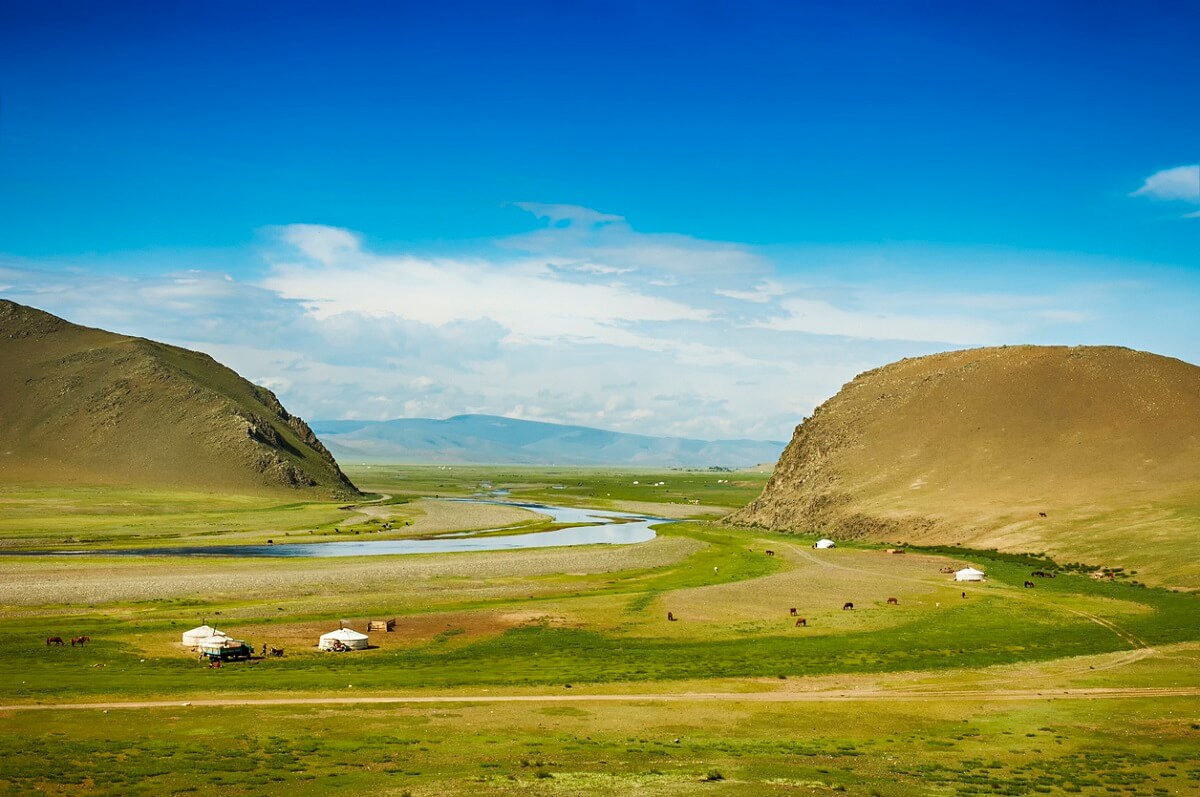
Courage and Strength in Red: Beneath the azure expanse, a bold band of red symbolizes the courage, resilience, and strength of the Mongolian people.
Historically, red has been associated with bravery and the indomitable spirit of warriors.
As a nation with a history shaped by legendary conquerors like Genghis Khan, the red in the flag pays homage to the unwavering determination that has defined the Mongolian people throughout the ages.

Golden Heritage and Nomadic Spirit: At the bottom of the flag, a radiant gold stripe reflects the country’s rich cultural heritage and nomadic traditions.
Mongolia’s nomadic lifestyle, deeply embedded in its history, is celebrated in the golden hue that symbolizes the country’s wealth, both in its natural resources and the enduring spirit of its nomadic people.
The gold also represents the hospitality and generosity traditionally extended to guests in the vast open spaces of Mongolia.
The Soyombo: A Symbolic Tapestry
Ancient Wisdom in a Modern World: Nestled in the center of Mongolia’s flag is the Soyombo, a unique and ancient symbol that encapsulates the wisdom and traditions of the Mongolian people.
Crafted in the 17th century by Zanabazar, a revered spiritual leader, scholar, and artist, the Soyombo is a complex mosaic of symbols that hold profound meanings.

The Elements of the Soyombo:
- Fire and Water: The upper sections of the Soyombo represent the elements of fire and water, signifying the dual forces of creation and destruction. This duality is a reminder of the delicate balance that sustains life
- Earth and Air: The lower sections of the Soyombo symbolize earth and air, essential elements in the nomadic way of life. The interconnectedness of these elements highlights the harmonious relationship between the Mongolian people and their environment.
- Yin and Yang: In the center of the Soyombo, the dual spirals represent the eternal cycle of day and night, emphasizing the cyclical nature of life. This concept is deeply rooted in Mongolian cosmology.
- Triangular Shapes: The triangles in the Soyombo signify the ever-moving sun, a celestial body revered by nomadic cultures for its guidance and life-giving energy.
Unraveling the Threads of History
A Legacy of Genghis Khan: As the wind carries the vibrant colors of the Mongolian flag across the steppes, it whispers the tales of Genghis Khan, the legendary founder of the Mongol Empire.
The blue, red, and gold echo the conquests and victories of the Mongolian warriors, immortalizing the legacy of a man whose vision stretched across continents.
Resilience in the Face of Change: Through centuries of challenges and changes, the Mongolian flag has been a constant witness to the resilience of the Mongolian people.
From the heights of the Mongol Empire to the trials of the 20th century, the flag has flown proudly, embodying the spirit that defines this nation.
In the tapestry of the Mongolian flag, every color and symbol weaves together a story of a people deeply connected to their land, traditions, and the challenges they have overcome.
As the flag dances in the wind, it not only represents the past but also points towards the future, where the spirit of Mongolia continues to thrive in the hearts of its people and the eternal blue sky watches over the land with unwavering grace.

